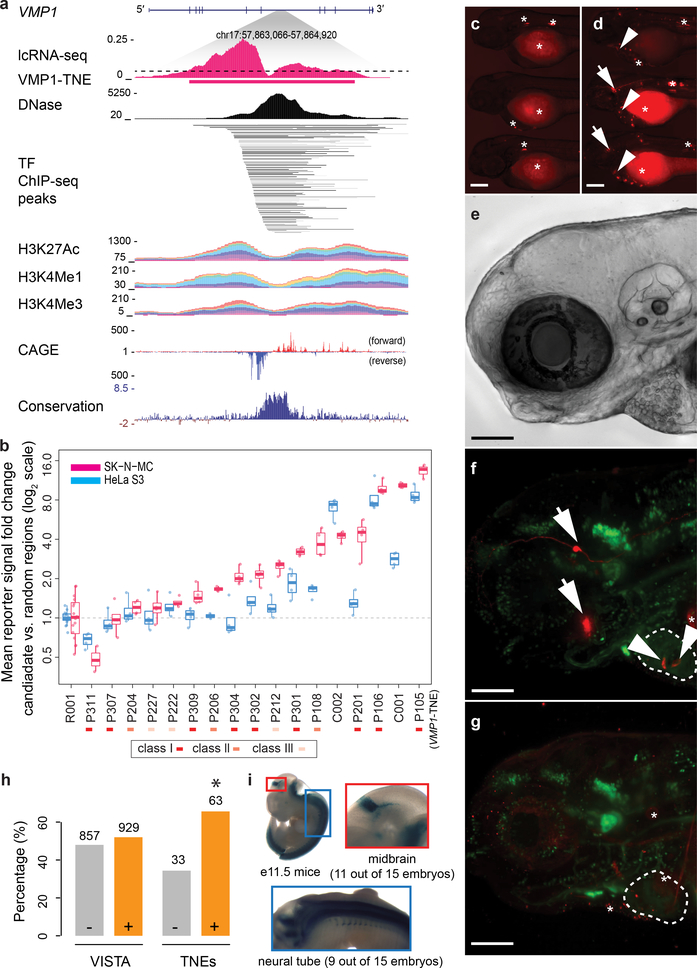Figure 4. In vivo validation of TNE enhancer activity in zebrafish, mice, and neuronal cells.
a, VMP1-TNE located in intron 7 of the human VMP1 gene. This evolutionary conserved TNE is supported by the classical epigenetic features of a putative active enhancer including open chromatin (DNase)20, high levels of H3K4me1 and H3K27ac25, and bidirectional CAGE signal13.
b, Enhancer reporter assays for TNE-defined putative enhancers in HeLa S3 (cyan) and SK-N-MC neuroblastoma cells (magenta). TNE regions are labeled Pxxx (see Supplement for detail); C001 and C002, denote enhancers from FANTOM5 (positive controls)13; R001, random genomic background region (negative control). N = 4 transfections were independently performed and analyzed for each TNE in HeLa S3; another N = 4 independent transfections in SK-N-MC cells; *, P < 0.05; **, P < 0.01; ***, P < 0.001; two-tailed Student’s t-test. Box plots as in Fig. 3.
c-g, Group view of embryos injected with control:gata2:mRuby2 and VMP1-TNE:gata2:mRuby2 respectively. Enhanced reporter activity was observed in the embryos injected with VMP1-TNE containing reporter construct (e) compared to the control element (d). In addition, embryos injected VMP1-TNE:gata2:mRuby2 reporter construct (e) show tissue specific reporter expression in a group of telencephalic neurons in proximity to the eye (arrows) and atrioventricular canal (arrowheads). Background (ectopic) activity (marked by stars) predominantly in skin yolk muscle and auto-fluorescence from blood and eye pigmentation (stars) was observed in both, VMP1-TNE:gata2:mRuby2 and control:gata2:mRuby2 injected embryos.
f,g, High magnification view on the head and heart region of ETvmat2:gfp transgenic embryos injected with control:gata2:mRuby2 and VMP1-TNE:gata2:mRuby2 respectively. The expression of the GFP reporter in this transgenic was utilized as marker for the heart ventricle (dashed line). Expression in the telencephalic neurons (arrows) and atrioventricular canal (arrow heads) in VMP1-TNE:gata2:mRuby2 injected embryos can be seen. Stars mark ectopic activity. e, A bright filed reference image of the corresponding embryo region shown on f-g. Scale bars equal to 200 μm on c-d and 100 μm on e-g. The experiment was repeated independently with similar results four times with 478 and 408 embryos screened in total, for VMP1-TNE and control constructs, respectively (see Supplemental Table 7 for details).
h, Putative enhancers evaluated in mice by VISTA28. 929 (52%) out of all 1786 putative enhancers (left two bars) tested in mice by VISTA were active in mice. By contrast, 63 (66%) of 96 TNE-defined putative enhancers were found to be active enhancers in mice (*, indicates P = 3.91 × 10−3, Hypergeometric test).
i, Reporter activity of a neuron-specific intronic TNE located in the AUTS2 gene is seen in the midbrain (red insert) and neuronal tube (blue insert) of mouse e11.5 embryos by VISTA28. Embryos have an average crown-rump length of 6 mm.

